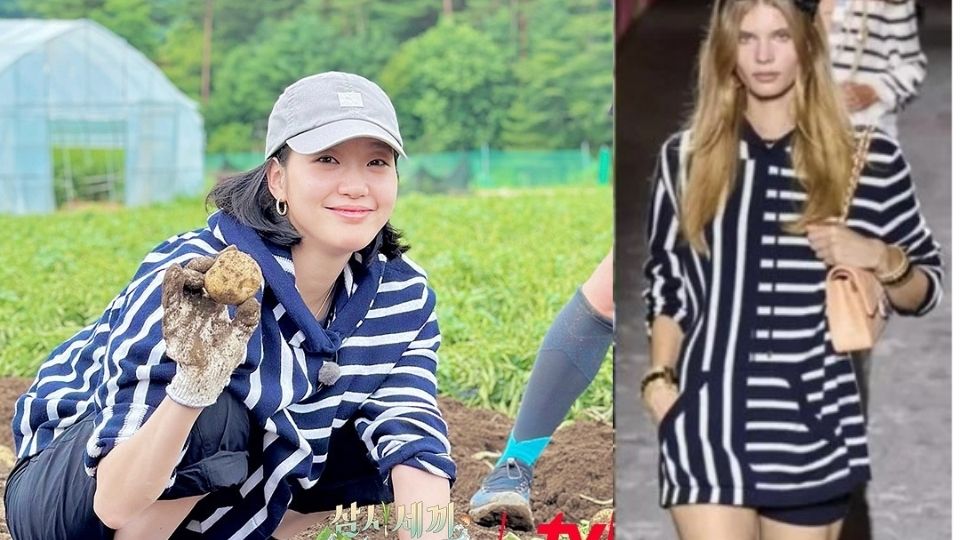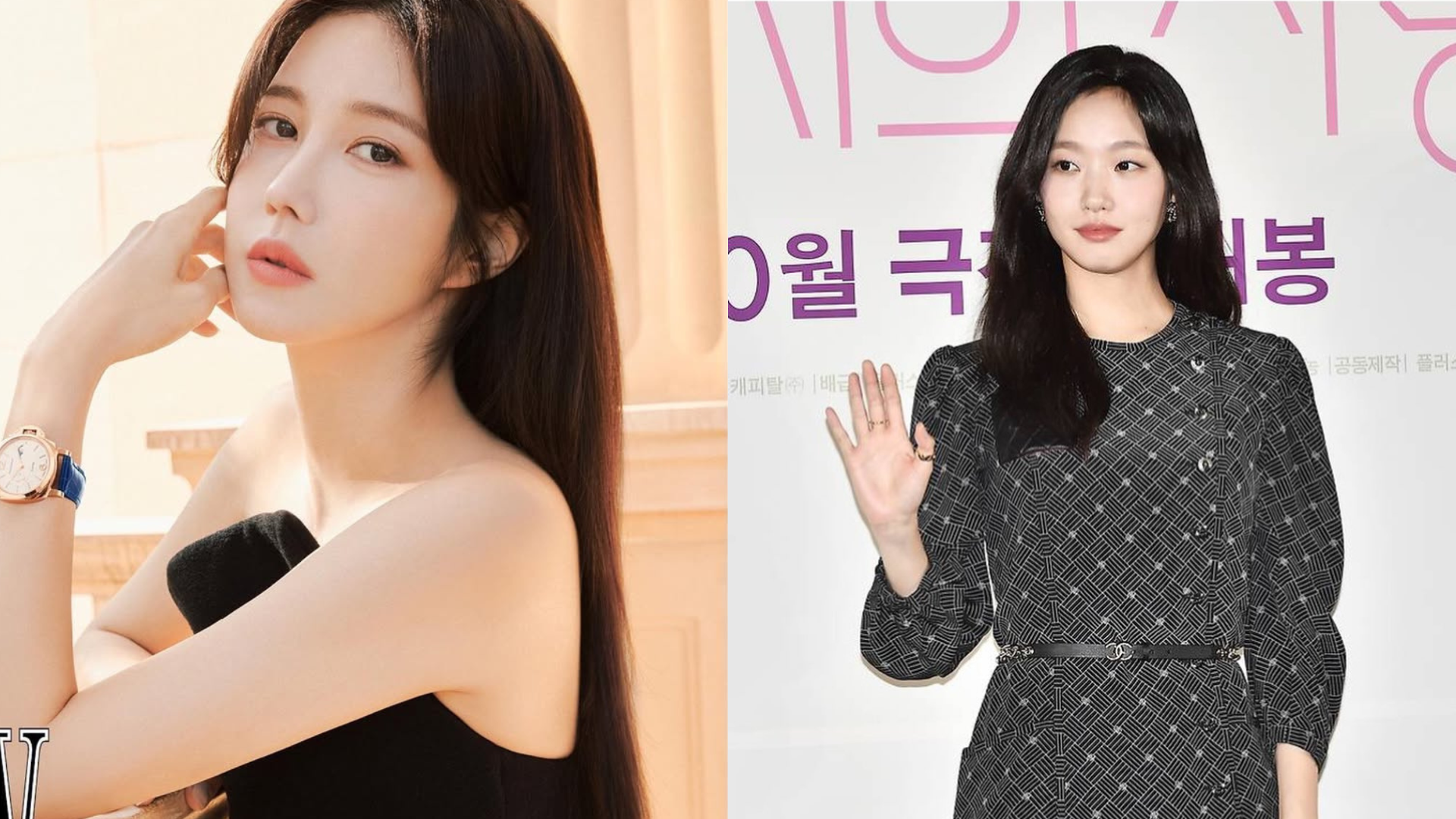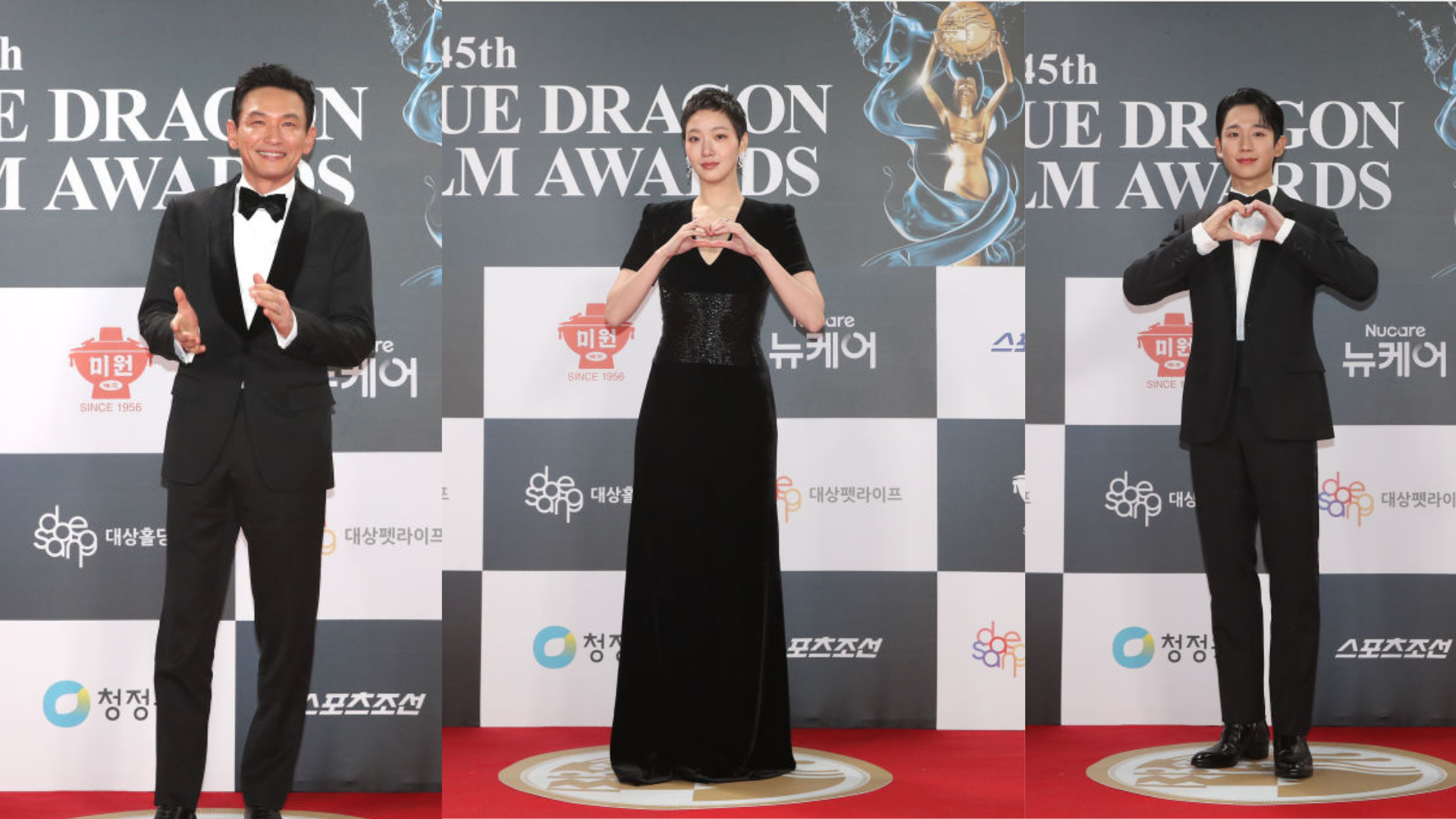After watching the film, I sent a message to a friend with whom I’ve shared over ten years of friendship. I asked, “Have you watched ‘Love in the Big City’? It reminds me of our university days.” After graduating, she moved back to her hometown to work and is now preparing for marriage. I directly asked her, “What does having a gay friend mean to you?” Her reply was reminiscent of a line from the film: “Well, I guess it’s an unchanging friend who allows me to be myself.“
She continued, “I discuss topics like in-laws and parenting with my same-gender friends who lead similar lives. But when I’m with my gay friend, I realize I’m talking about myself. I really like that.” She mentioned that when she started dating her current fiancé, whether he could understand her gay friend was a significant factor in her decision. She introduced me, her gay friend, as soon as they began dating and invited me to their matrimonial home to meet each other.
Memories Only Possible with a Gay Man and a Female Friend

Our friendship truly shone in 2014 when we went backpacking together. Our destination was India, a country known for its challenging travel conditions. We spent over three months together, sharing a room and using the money we saved to enjoy an extra beer, allowing us to focus entirely on the trip without any awkwardness or discomfort. Instead of viewing each other through a romantic lens, we could open up about our individual struggles as human beings. She wanted a safe and enjoyable trip, while I sought to capture beautiful landscapes in photos. In that sense, our combination of a gay man and a woman made us the best partners, achieving our goals while respecting each other’s boundaries.
After she left Seoul, I habitually asked her, “Do you miss Seoul?” I was curious if she was truly happy living outside a big city. I anticipated a response like “I want to go back to Seoul“, similar to what singer Lee Hyori said during her time in Jeju Island on a variety show. However, without hesitation, she replied, “I’m much happier than when I lived in Seoul.”
The reason I asked such questions was my fear of leaving the city. There was a common belief that gay people must live in Seoul, as it is where individuals like us can hide well. This theme is also evident in “Love in the Big City”.
We Living in the Big City
The film is based on the short story “Jae-hee” from the collection “Love in the Big City” by Park Sang-young, published in 2019. The female protagonist, Jae-hee, is characterized as a “free-spirited woman” who does not care much about others’ opinions and seeks liberation in her romantic pursuits.

On the other hand, the gay character, Heung-soo, struggles to fit in with male groups and considers himself an outsider. One day, Jae-hee catches Heung-soo kissing a man in Itaewon, and they gradually accept each other’s weaknesses and become closer friends. The story begins in earnest when they start living together due to practical circumstances.
The film has adapted many aspects from the original story. The most notable difference is that it presents the lives of the two protagonists more evenly. While the novel focused on Heung-soo’s perspective, the film alternates between events in the lives of both protagonists from their twenties to early thirties. The relatable events that both a woman in her twenties and a gay man experience lend credibility to their solidarity, engaging the audience.
The reason they could grow closer was not only their youthful exuberance but also their shared experience of being minorities in society. In this harsh metropolis, they instinctively understood that they needed each other for survival. Even when Jae-hee was exposed to dating violence or faced an unintended pregnancy and decided to have an abortion, it was Heung-soo who stood by her side.
Heung-soo, too, faced challenges like coming out to his mother, enlisting in the military and pursuing his dreams. The two willingly supported each other through all these trials. This alone solidifies their friendship. “Love in the Big City” fulfills the narrative of two outsiders, meeting the conventions of both women’s and queer cinema.
Why the Marketing?
Another protagonist of the film is, in fact, the metropolis itself—Seoul. The stories of those who were not the main characters unfold against the backdrop of gay clubs in Itaewon and shabby multi-unit residences near universities. The emotional landscape of the protagonists contrasts the glamor and loneliness of city life, showing that living in a big city can feel elusive, much like the men encountered in clubs. The performances of lead actors Kim Go-eun and Noh Sang-hyun were impressive, particularly Noh Sang-hyun, who created a unique character by not forcing a “gay” performance.

The film’s biggest flaw is its marketing. Despite achieving remarkable success as a commercial queer film, the efforts to erase any traces of queerness from trailers or posters before its release disappointed fans of the original novel.
In the film, Jae-hee tells Heung-soo “How can being yourself be a weakness?“, but outside the film, we see the irony that it is indeed a weakness. This reflects the era when many people do not realize that not labeling queer content as queer is also a form of discrimination. A queer film can never be a weakness; instead, unlike typical commercial films, the word-of-mouth from audiences who recognize its true value can become a consistent factor in its box office success.
Despite marketing that might disrupt immersion, the film’s message seems to resonate well with audiences. I asked a female friend with whom I watched the movie, “What did you like most about it?” Her answer was, “I felt proud that we were living in the same era as the protagonists.”
The comfort the film provides is this: it reassures Jae-hee and Heung-soo, who are living in this time, that they have lived well so far and will continue to do so in the future. This was the case when the novel first came out, and through the film, what we encounter on screen is likely the result of those seeking a new way of loving in the big city.
Source: Daum





